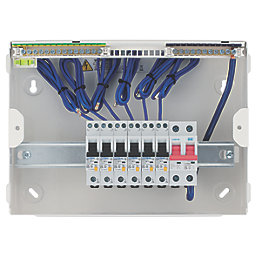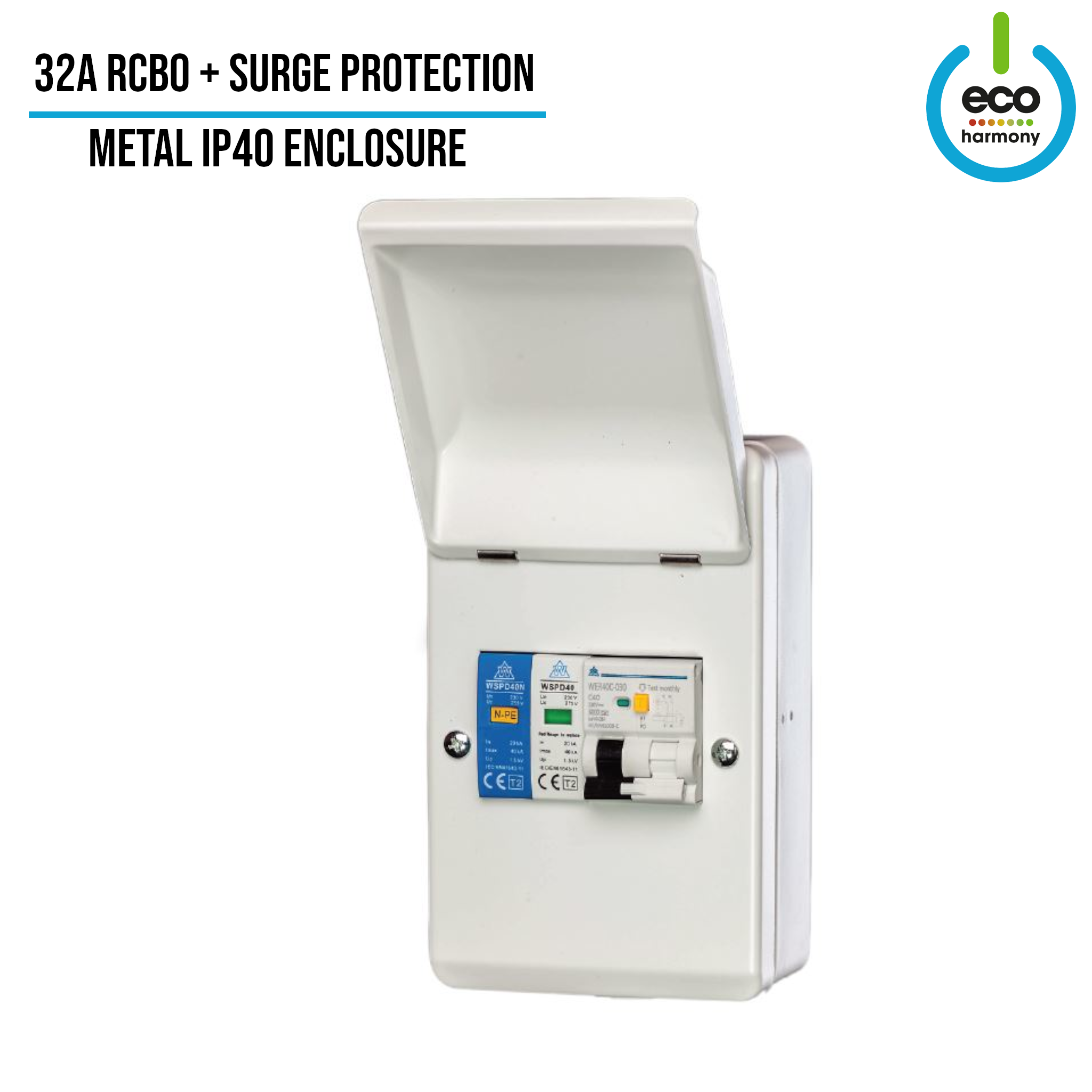Exactly How to Pick the Right Consumer Units for Your Electrical Demands
Choosing the best customer unit for your electrical needs is an important job that requires careful preparation and understanding of various aspects. From assessing the size of your home to computing the total load capability, every information matters to make certain safety and capability. Integrating features such as Residual Current Instruments (RCDs) and Miniature Circuit Breakers (MCBs) can offer boosted defense versus electrical faults. Adhering to local regulative criteria is non-negotiable. Prior to choosing, it's suggested to consult a qualified electrical contractor that can give customized suggestions. How do these elements interaction to figure out the most suitable consumer system for you?

Kinds Of Customer Devices
When thinking about electric setups, it is vital to recognize the various kinds of customer units readily available on the market. Customer systems, additionally referred to as fuse boxes, act as the central hub for electrical circulation within a residential or commercial property. They can be found in numerous kinds, each matched for various applications and compliance needs.
One typical kind is the Main Switch Over Customer Unit, which includes a primary switch to cut off electrical supply and a number of circuit breakers. This system supplies fundamental security and is commonly utilized in little to medium-sized buildings. Another kind is the High Integrity Consumer Device, which includes multiple neutral bars and permits for a combination of both RCBO (Residual Current Breaker with Overcurrent) and MCB (Mini Circuit Breaker) setups, offering boosted safety and flexibility.
Split Load Customer Units include 2 or more recurring current gadgets (RCDs), allowing circuits to be divided right into different areas, consequently improving mistake discovery and isolation. Dual RCD Customer Units are also widespread, offering an extra layer of security by splitting the circuits in between two RCDs. Lastly, there are Fully Protected Customer Units, created for outdoor or extreme settings, offering extra toughness and weather resistance.
Choosing the proper customer unit is necessary for making certain electrical security and conformity with governing standards.
Key Parts
Comprehending the essential components of a consumer system is essential to guaranteeing its optimum efficiency and security. At the heart of any kind of customer device exists the major button, which works as the key control mechanism for separating the electric supply. This button is critical for maintenance and emergency circumstances, supplying a simple means to remove power.
Another essential part is the Residual Current Tool (RCD) The RCD is designed to shield versus electric shocks and prospective fire dangers by monitoring the present equilibrium in between real-time and neutral wires. When an imbalance is discovered, the RCD promptly separates the circuit, minimizing the threat of damage.
Circuit breakers, typically categorized as Mini Circuit Breakers (MCBs) and, sometimes, Residual Current Circuit Breakers with Overcurrent defense (RCBOs), are just as necessary. MCBs secure private circuits from overloads and short circuits, while RCBOs provide mixed capability of RCD and MCB, supplying both earth fault and overcurrent protection.
Busbars, frequently neglected, are crucial as they distribute electrical power to numerous circuits within the system. These copper strips ensure a stable and reliable transfer of electrical energy, adding to the general reliability of the system. Recognizing these essential parts is essential for picking a customer unit that fulfills your electrical needs properly.
Tons Ability
Exactly how do you establish the appropriate load capability for a customer device? Evaluating the tons capability is essential to guarantee that the consumer system can take care of the electric needs of your property without overwhelming.
Next, transform this overall electrical power right into amperes making use of the formula: Amperes Learn More = Watts/ Volts. As an example, in a common 240V system, if the complete electrical power is 4800W, the lots would certainly be 20A (4800W/ 240V) It is suggested to choose a customer unit with a higher ability than the calculated lots to suit future developments and make certain integrity.
In addition, take into consideration the circulation of the lots across different circuits, making sure that no solitary circuit is overwhelmed. A balanced load circulation boosts the effectiveness and durability of the electrical system. Consulting with a qualified electrician can aid and offer additional understandings in picking a consumer device that fulfills your particular requirements.
Safety Attributes

An additional vital safety attribute is the Surge Defense Gadget (SPD) SPDs safeguard electric installations from voltage spikes brought on by lightning strikes or power rises, thus preventing damage to delicate digital tools. Furthermore, customer units should have clear labeling and insulation barriers to lessen the danger of unintended contact with real-time parts during upkeep or inspection.
Finally, modern-day consumer systems often include arc mistake discovery devices (AFDDs), which determine and mitigate arc mistakes that can result in fires. Incorporating this hyperlink these safety and security features makes sure a robust, trustworthy, and secure electric system, supplying peace of mind to users and conformity with safety standards.
Regulative Conformity
Navigating the landscape of governing conformity is vital for choosing a customer device that fulfills both nationwide and global requirements. Adherence to these criteria not just ensures safety but also ensures compatibility and dependability. Compliance with policies such as the International Electrotechnical Commission (IEC) requirements, and neighborhood requirements like the British Criteria (BS) for the UK or the National Electric Code (NEC) for the United States, is non-negotiable.
Makers commonly identify their products with relevant accreditations, making it much easier for consumers to confirm compliance. Search for certifications such as CE marking in Europe or UL listing in the USA. These marks show that the customer system has undertaken extensive screening and satisfies the necessary safety and efficiency requirements.
Furthermore, ensure that the customer device complies with RoHS (Limitation of Hazardous Substances) instructions, which limit using specific hazardous products Web Site in electric and digital tools. This not just adds to environmental sustainability but additionally improves the safety account of the gadget.
Conclusion
Picking the suitable customer device necessitates complete examination of the residential property's dimension, load capacity, and certain safety and security needs. Consulting a qualified electrical contractor can supply essential support, making certain the chosen consumer unit satisfies all security and useful needs properly.
Choosing the best consumer system for your electrical requirements is an essential job that requires precise planning and understanding of different elements.One typical type is the Main Change Consumer Unit, which includes a main switch to cut off electric supply and several circuit breakers. Understanding these key components is critical for picking a customer system that meets your electrical requirements successfully.
Analyzing the tons ability is vital to make certain that the customer system can handle the electrical demands of your building without overloading.Making sure the consumer device is furnished with the proper load capacity is just one element of a dependable electrical system; equally vital are the security features integrated right into the system.